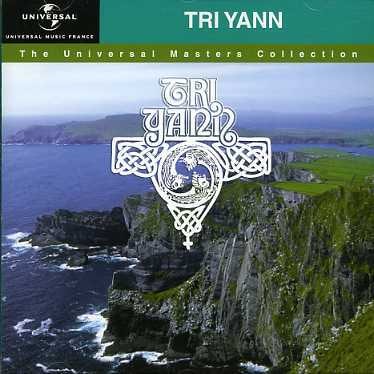

pick card-here-card ‘Pick a card, any card.’ Breton In this paper, I will first investigate the DP-internal syntax and morphology of the reduplication construction in (1)b. Trapit ur gartenn Pick a card ‘Pick a card.’ b. The sentence in (1)a is felicitous if the magician proposes only one card, whereas (1)b is not.

The relevant contrast with the regular indefinite "ur gartenn" in (1)a is loss of optionality for the free-choice reading. This free-choice indefinite is realized by reduplication of the head noun around what seems like a spatial proximate deictic morpheme ("-mañ-"). This paper closely investigates such a free choice indefinite (FCI) that presents a typologically unusual morphology as illustrated in (1)b. Some indefinite constructions have this free-choice reading as the only felicitous one. When a magician says "Pick a card", context favors an interpretation where any card from the set would be a felicitous choice, as long as it is a card from the proposed set, as illustrated for modern Breton (Continental Celtic) in (1)a.

Indefinites are felicitous with a reading where, internally to a contextually relevant set, the particular choice of referent is irrelevant. Finally, at no point has there been a real debate on the relative merits of a simple monodialectal standard vs a more complex supradialectal standard. At the same time, the implications of the massive shift in users from native speakers to learners have not been taken properly into account. At each stage of modern spelling reforms, unfortunate choices have been made, often owing to insufficient comprehension of interdialectal correspondences. The 1975 Orthographe interdialectal (ID), aimed at including the best of both ZH and OU while ensuring better coverage of regular dialect correspondences, did not go as far as possible in that direction. The 1955 Orthographe universitaire (OU) “while removing certain inconsistencies, introduces new ones” (Jackson 1967). For most of the 19th c., one track continues traditional Early Modern habits, the other innovating and systematizing, leading ultimately to the 1908 KLT (Kerne-Leon-Treger) standardization, which in turn fed into the 1941 Peurunvan (ZH “fully unified” ) orthography. Early Modern Breton begins in 1659, when Maunoir introduced the iconic against French and systematically indicated initial consonant mutations. Breton has a venerable, if increasingly skewed orthographical tradition, so there can be no question of developing a Breton orthography from scratch.


 0 kommentar(er)
0 kommentar(er)
